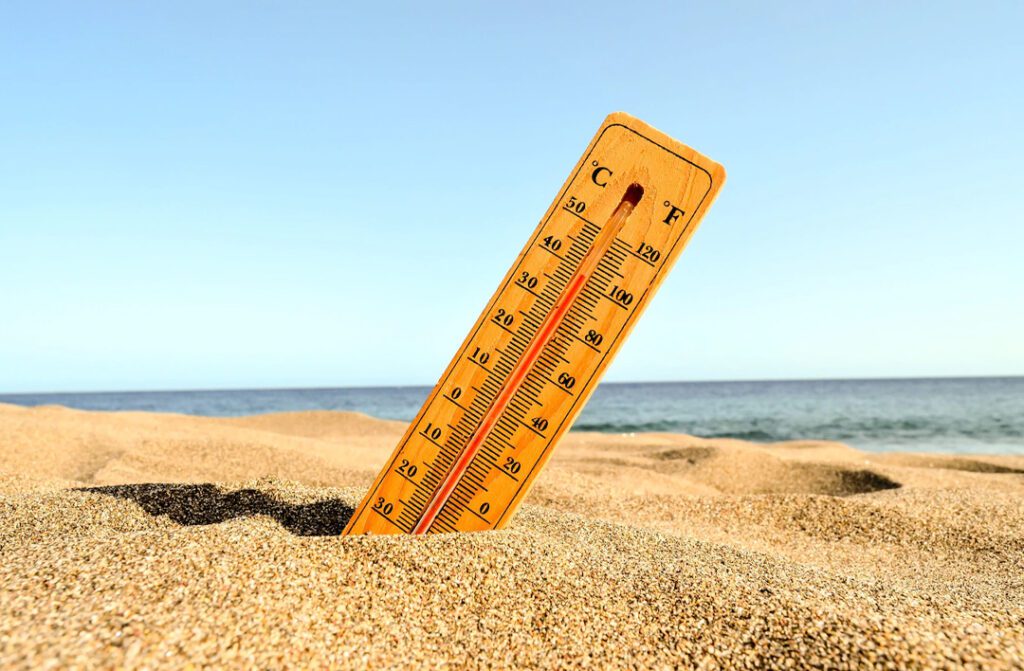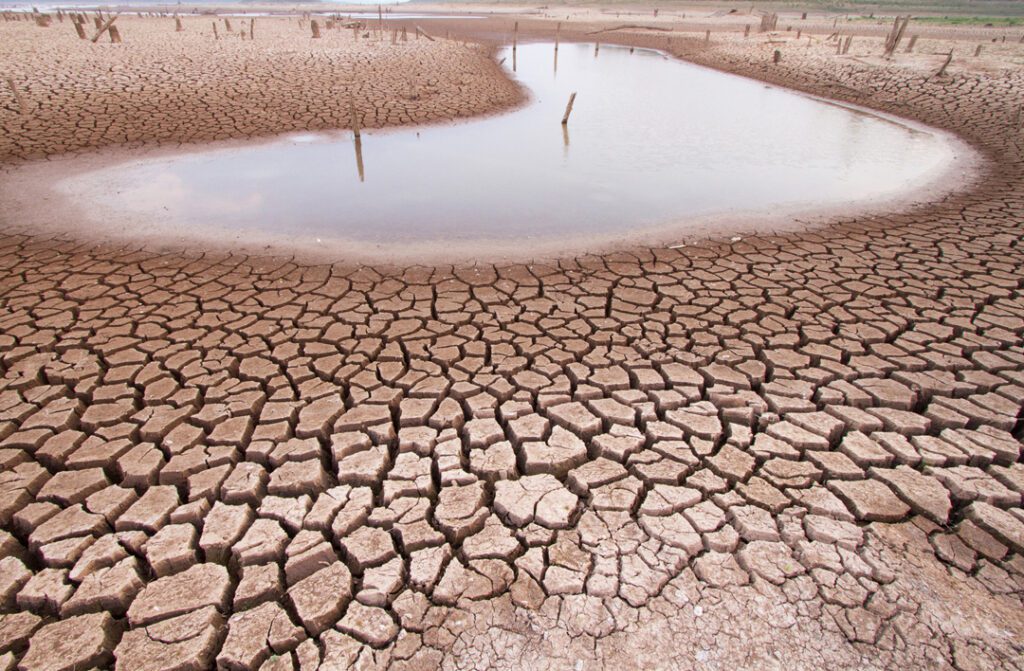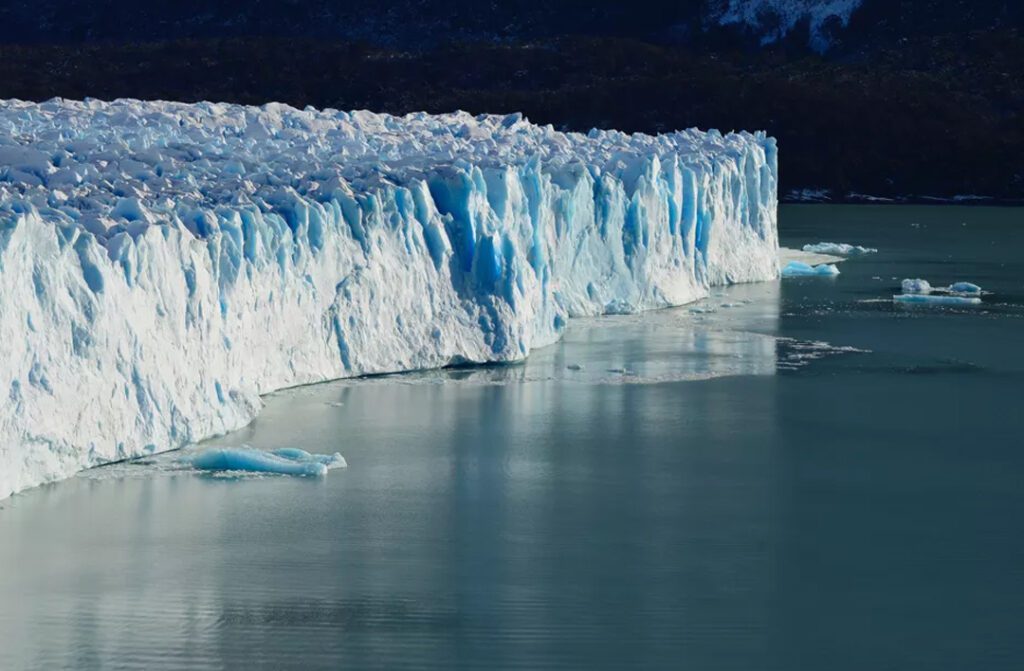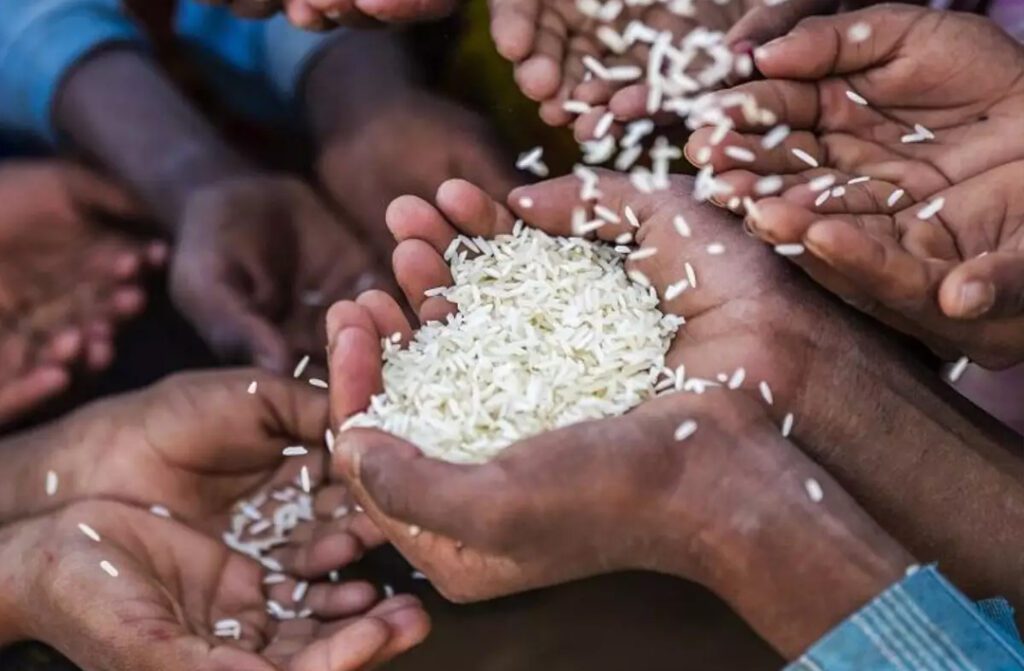Tackling climate change is indeed humanity's greatest challenge for this century

Tackling climate change is indeed humanity's greatest challenge for this century

Start » Our Causes » Tackling Climate Change and its Impacts » Efeitos das mudanças climáticas
Protecting the environment is the duty of society as a whole

Extreme Temperatures - Intense Heat and Cold Waves
The last decade (2011-2020) was the warmest ever recorded. Temperatures in the Arctic increased at least twice as fast as the global average. Since the 1980s, each decade has been warmer than the previous one as the concentration of greenhouse gases increases. Almost all regions have experienced hotter days and heatwaves. As a consequence, large-scale fires have become more frequent and overwhelming, causing loss of biodiversity and threatening the lives of surrounding populations. Higher temperatures increase the number of heat-related illnesses and making it difficult to move around and work outdoors.
Paradoxically, while the planet warms up, winters in mid-latitude regions have become more severe, generating more frequent and intense cold waves in the northern and southern hemispheres. As a result, and not unlike heat waves, cold-related illnesses are on the rise, making it difficult to move about and work outdoors, causing deaths and huge economic losses.
Severe Storms
Destructive storms have become more intense and frequent in many regions of the planet. As temperatures rise, more humidity evaporates, generating extreme rainfall and causing increasingly overwhelming floods and landslides. The frequency and size of tropical storms are also caused by ocean warming, as cyclones, hurricanes and typhoons feed on hot water from their surface. These storms often destroy communities and entire cities, causing deaths and huge economic losses.


Increasing Droughts and Drinking Water Shortages
Water is becoming increasingly scarce in many regions of the planet, affecting its availability. Global warming aggravates periods of drought, in particular, in regions of stress or water scarcity and in critical areas for the production and conservation of water. The increased risk of agricultural and ecological droughts affects food production and biodiversity, respectively, increasing the vulnerability of ecosystems. Deserts are expanding, reducing arable land and triggering destructive sand and dust storms that can move billions of tons of sand between continents. Many people now face the threat of not having enough quality water to meet human needs.
Warming Oceans and Rising Sea Levels
The ocean is responsible for retaining much of the heat generated by global warming, as well as absorbing carbon dioxide, generating an environmental liability, by making its water more acidic and inappropriate for marine ecosystems and their biodiversity. The rate of ocean warming has increased greatly over the past two decades, at all depths, making the volume of the oceans increase, in large part because of melting glaciers, which consequently increase sea levels, threatening coastal and island cities and countries across the globe.


Loss and Extinction of Countless Species
Climate change and its extreme events are among the reasons behind the global growth of famine and malnutrition. Heat stress and water scarcity increase desertification and critical areas for water production and conservation, reducing arable and grazing areas, causing declines in agricultural production and livestock. With the ocean getting more acidic and rivers more polluted, its resources, which feed billions of people, are rapidly decreasing. As a consequence, agriculture, livestock and fishing can be destroyed or become less productive each year, requiring more investment and increasing food prices worldwide.
Food Insecurity and Famine
Climate change poses a threat to the survival and perpetuation of diverse terrestrial and marine species, and is worsening with an abnormal increase in the planet's average temperature. The world is losing species at a rate thousand times greater than at any time in human history. It is estimated that about 1 million animal and plant species are at risk of extinction, and that many will disappear in the coming decades. Pollution, deforestation, forest fires, extreme weather, and invasive pests and diseases are among the many threats to ecosystems and their biodiversity.


More Health Hazards
Human health has been severely affected by climate change. Problems such as allergies and respiratory diseases, cardiorespiratory diseases, mosquito-borne diseases (such as malaria, dengue, zika and chikungunya), can be intensified due to the increase in global temperature. Changing weather patterns are expanding the number of diseases, and extreme weather events increase deaths and make it harder to maintain health systems. Other risks to human health include diseases associated with hunger and malnutrition in regions where people cannot grow or find food. Each year, environmental factors take the lives of about 13 million people. Surely climate change is the greatest health threat facing humanity.
Poverty and Displacement
Climate change contributes greatly to the increase in poverty and inequality, increasing the factors that lead people to remain in this situation. Extreme events such as cyclones, hurricanes, typhoons and floods can wreak havoc on cities, destroying homes and livelihoods; heat can make moving and working outdoors difficult; and stress or water scarcity affect agriculture, livestock, fishing and, why not say, the maintenance of life. Over the past decade (2010-2019), climate-related events have caused the estimated displacement of an average of 23.1 million people per year, leaving them many more vulnerable to poverty and inequality in all its forms and dimensions.




Rising temperatures are changing weather patterns and disrupting the balance of nature, creating risks for humans and all other forms of life on earth.